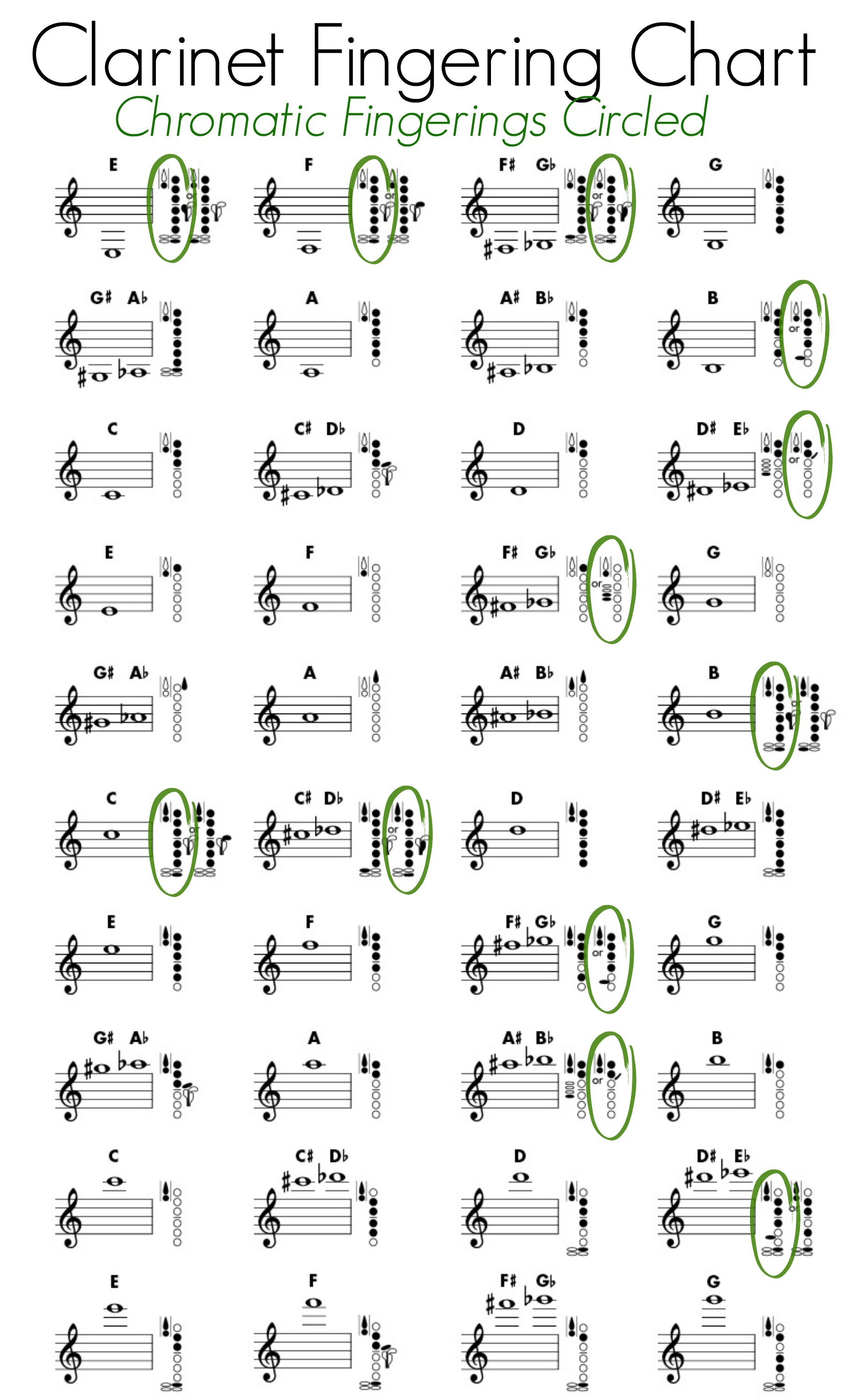

On the other hand, if you take F and G, there's F# in between: they are separated by a “whole step”. You'll immediately notice that there are no notes between E and F: that's what we meant by “half step”. The highlighted notes form the C major scale. Just be content to know that all western music is based on this twelve-note system). (explaining what this is and where it comes from is far beyond our scopes. Here you can see all the notes in the modern twelve-tone equal temperament The sequence is the same for all major scales: two whole steps, one half step, three whole steps, one half step (W, W, H, W, W, W, H).įor example, consider the C major scale: C The major scale is one of the diatonic scales, meaning that it is made up of five whole steps and two half steps. These notes are assigned different names: Is made up of seven distinct notes, plus an eighth which duplicates the first one an octave higher. In music theory, a major scale (also known as ionian scale)


 0 kommentar(er)
0 kommentar(er)
